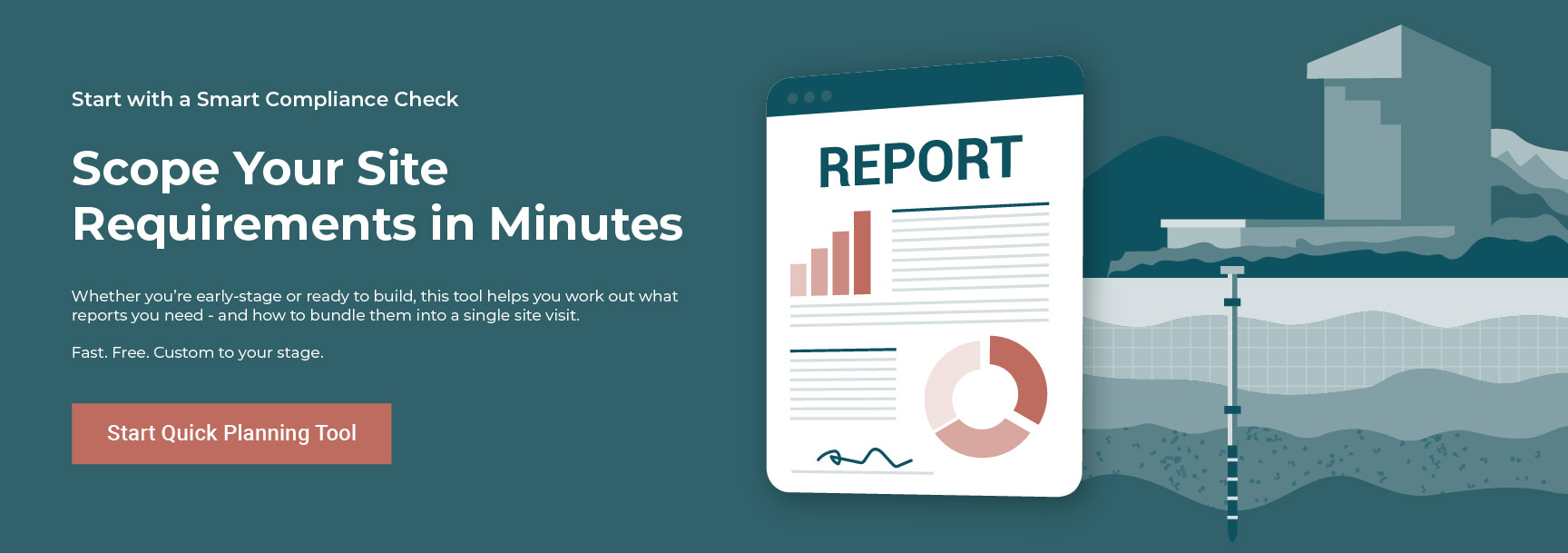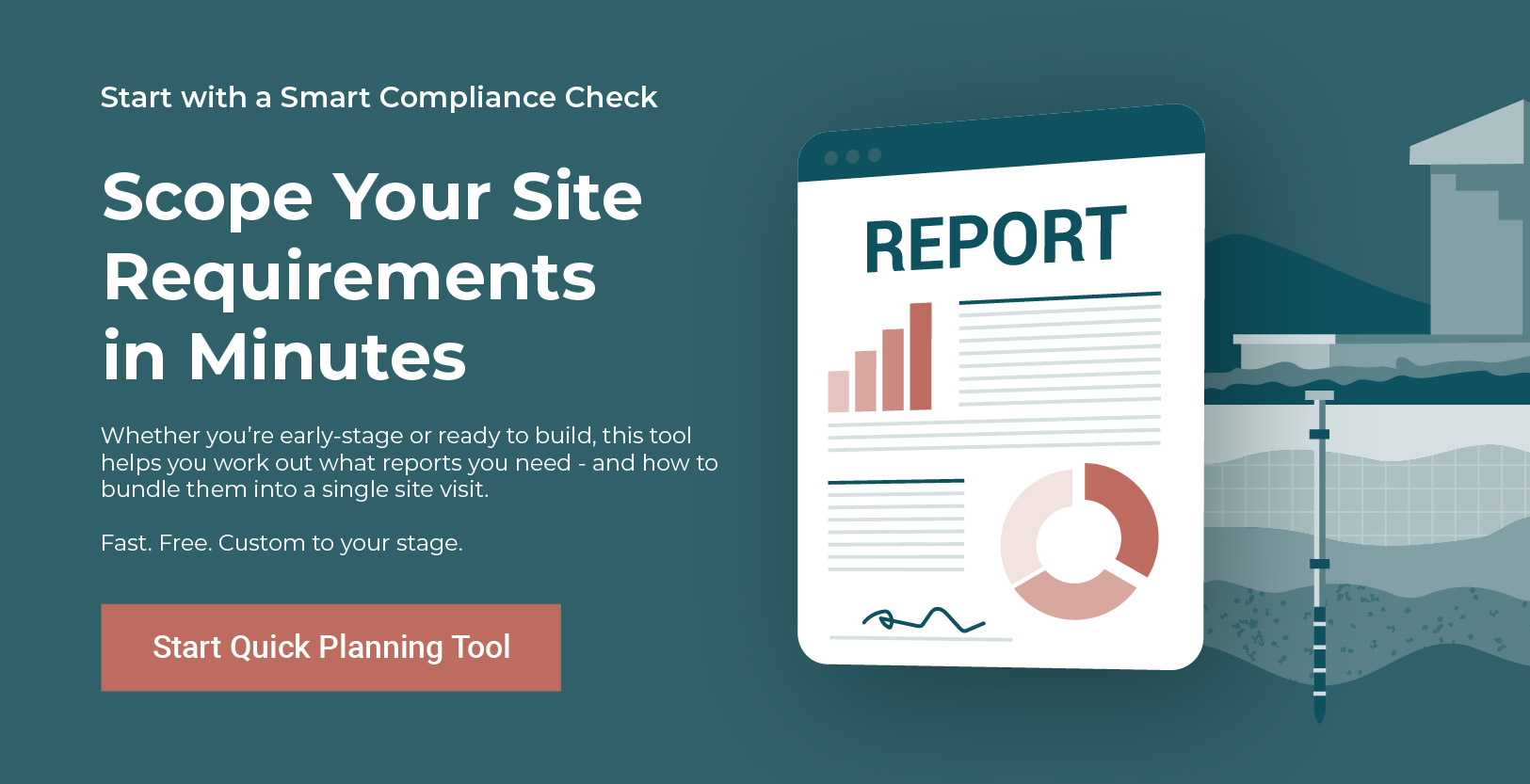Remediating a contaminated site is only half the job. To gain regulatory approval and ensure the land is truly safe for its intended use, the work must be validated.
Site validation is the process that proves remediation has achieved its objectives and that the site now complies with Environmental Protection Authority (EPA) standards. Without validation, projects can stall at the approval stage, property transactions may collapse, and hidden risks can remain. Here’s what site validation involves and why it matters in Australia.
What Is Site Validation?
Site validation is the formal confirmation that a remediated site is suitable for its proposed land use. It demonstrates to regulators, developers, and the community that:
- Contamination has been reduced to acceptable levels
- EPA and NEPM (National Environment Protection Measure) requirements have been met
- Any residual risks are identified and controlled
It’s the bridge between finishing remediation works and moving forward with development or sale.
Why Validation Matters
Skipping or rushing validation isn’t an option. It is essential for:
- Regulatory compliance – required by state EPAs and councils before projects can be approved.
- Risk management – ensures residual contaminants won’t harm people, groundwater, or ecosystems.
- Financial confidence – gives buyers, lenders, and insurers assurance that land is not a liability.
- Community trust – transparent validation shows the site is genuinely safe for reuse.
What’s Involved in Site Validation
The process varies with site conditions, but typically includes:
1. Setting Remediation Objectives
Before remediation begins, cleanup criteria are agreed based on NEPM, state EPA guidance, and the site’s intended land use. These criteria provide the benchmarks for validation.
2. Validation Sampling & Testing
After remediation, consultants carry out systematic sampling:
- Soil – checking excavation areas or capped zones
- Groundwater – confirming contaminants are stable or below thresholds
- Soil vapour – ensuring vapours won’t migrate into buildings
Samples are tested in accredited labs under strict QA/QC procedures.
3. Data Evaluation
Results are compared with investigation levels set under NEPM and state-specific guidelines. Any exceedances must be explained or addressed.
4. Site Validation Report (SVR)
Findings are documented in a detailed site validation report that includes:
- A summary of remediation works
- Sampling methods and QA/QC records
- Data tables compared to guideline values
- Maps and updated conceptual site models
- Clear conclusions on compliance
The SVR is submitted to regulators for sign-off.
5. Residual Risk Management
If complete cleanup isn’t practical, validation also documents residual risks and long-term controls, such as capping, land use restrictions, or monitoring programs.
The Australian Context
Validation in Australia must align with:
- Assessment of Site Contamination (NEPM)
- State EPA requirements (e.g. NSW EPA, VIC EPA, QLD DES)
- In some cases, oversight by a Certified Environmental Practitioner (CEnvP) or EPA-accredited auditor
Getting local regulatory requirements right the first time prevents delays and rework.
Start with a Smart Compliance Check
Scope Your Site Requirements in Minutes
Whether you're early-stage or ready to build, this tool helps you work out what reports you need and how to bundle them into a single site visit.
Fast. Free. Custom to your stage.
Example: Former Service Station Redevelopment
On a service station site, underground tanks are removed and contaminated soils excavated. Validation sampling shows petroleum hydrocarbons are below guideline thresholds, groundwater is stable, and results are compiled into an SVR. With EPA acceptance, the site is cleared for mixed-use development.
Key Takeaways
- Site validation is the essential final step after remediation.
- It confirms compliance with EPA and NEPM standards, protecting people, ecosystems, and investments.
- The process involves validation sampling, QA/QC testing, data evaluation, and detailed reporting.
- Proper validation not only ensures regulatory sign-off but also adds value, reduces liability, and builds community confidence.
Get in touch with our experts today to discuss your project and ensure your site validation is done right the first time.

 Get Your Free Site Assessment
Get Your Free Site Assessment









 Get Your Free Site Assessment
Get Your Free Site Assessment









.png)








